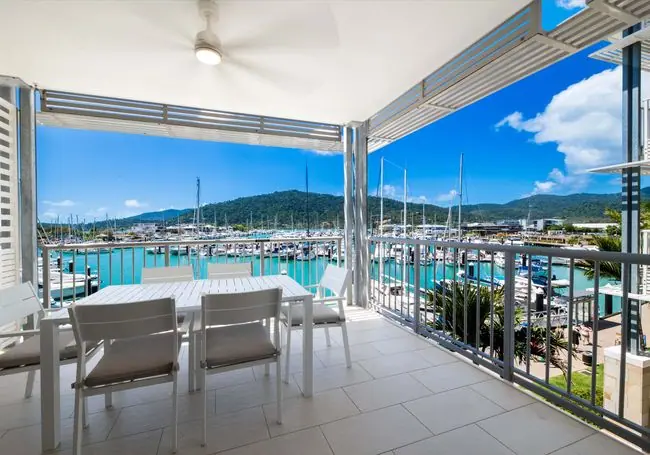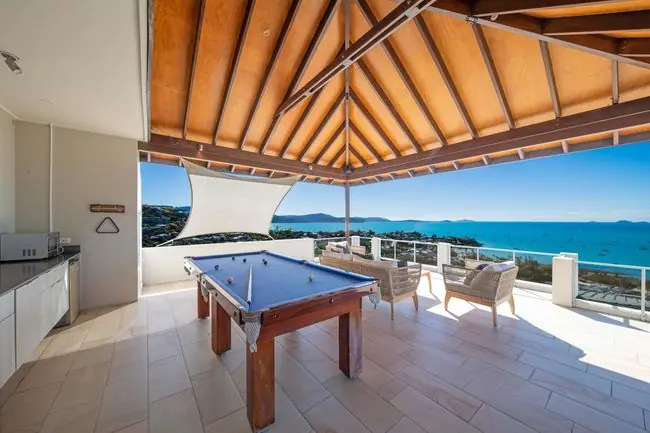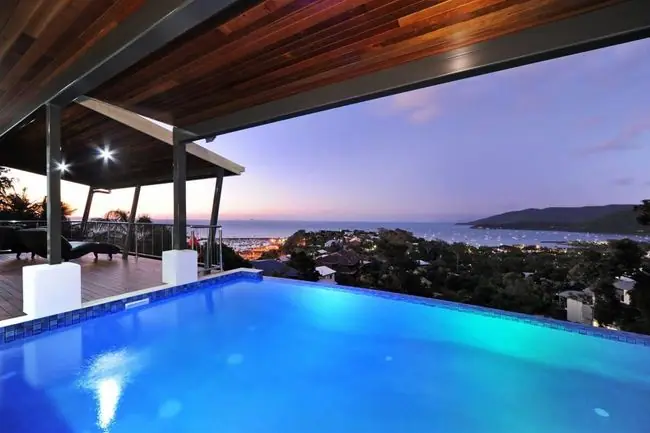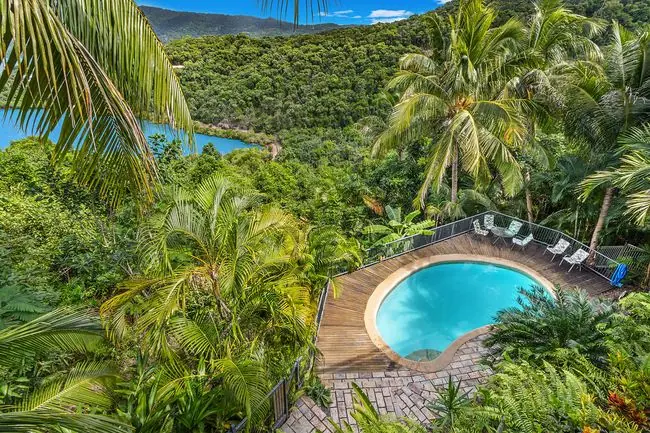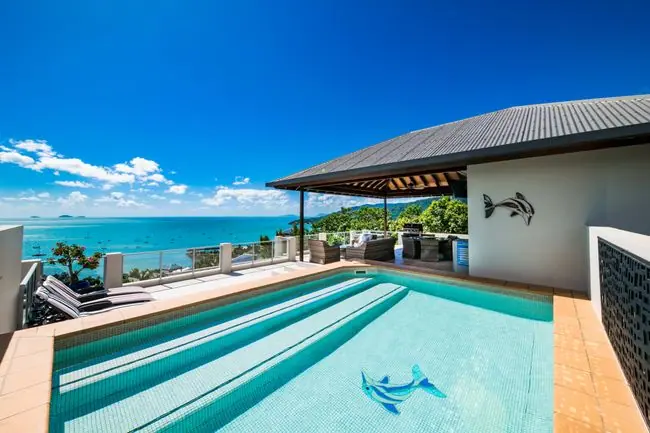
Beneath The Whitsundays
It is well known that above water, the 74 islands of the Whitsundays all have their own story.
Below the surface, each island has an equally fascinating story that is often overlooked at many of the lesser known Whitsunday Islands. Over the past 2 years, I have made it a mission to attempt to explore the underwater world of every Whitsunday Island. The aim, to document the locations where coral is most abundant and see which sites contribute the most to the ecology of the Marine Park.
After I heard that Cyclone Debbie had devastated one of my personal favourite snorkel sites, I decided to go on this mission to see where coral still remained in a healthy condition. And though it’s not yet evident at many of the sites of the Whitsundays, coral bleaching as a result of global warming and macro algae dominance caused by an increase of nutrients in the water, remain a threat to the future off the regions reef habitats.
Starting at my home at Daydream Island, my first snorkel after the storm was off east side of the island. This spot always had high coral diversity which made this one of the most nerve racking snorkel entries of my life. Expecting to see nothing but devastation, I was relieved to find that a significant section
of the eastern fringing reef was mostly intact. This sparked an urge to see which other fringing reefs still thrived. The obvious place to start was the other islands in the Molle Group. After a few trips over the channel, I was again surprised to find undamaged coral cover at a number of spots including on North Molle (south), Mid Molle (north and east) and South Molle (east). Unfortunately, a lot of coral cover was lost at a favourite site on the north side of Planton Island but luckily, South Molle Island protected the west side of the small island which was almost all undamaged. Today the west side of Planton Island is still one of the areas with the highest percentage of coral cover in the region.
After exploring the Molle group and finding promising coral cover, it was time to branch out and investigate the Northern Group. An island group of the Whitsundays that doesn’t really jump out as a snorkel destination. This area previously had a few stand out snorkel spots with a lot of hard coral cover surrounding the islands. At first glance, it was clear that many of these sites had been badly damaged by storm waves, but after looking a little beyond the obvious spots, significant coral cover was found at Edwin Rocks, Olden Island (south) and Armit Island (south). Today Olden Island is one of my favourite locations to explore stony coral gardens and get that off the beaten track feel. Following the missions up north, the more well known Whitsunday Group needed exploring. This is where you can find the majority of the more popular snorkel spots in the Whitsundays. It was really tough seeing a couple of the iconic sites stripped back to only a few boulder corals. After looking around in some of the more protected areas, the resilience of these islands was soon evident. Some of the protected bays on the east and west sides of these islands were in close to perfect condition. Two areas that stood out were Butterfly Bay off Hook Island and the fringing reef off Cairn Beach, Whitsunday Island. Other islands in this group where healthy coral reef was observed included Hayman Island (south-east), Black Island (east), Border Island (south-east), Dumbell Island (northeast) Haselwood Island (south and east), Teague Island (north) and Lupton Island (south). It’s only been two years since the storm and at a number of these locations its already hard to identify any previous damage.
The final frontier of this mission was the Lindeman Group. The most southern group of the Whitsundays that generally takes a bit more planning and a bit more research to find coral cover. Over the years, the fringing reefs off some of these islands have suffered from an increase in macro algae, likely due to excess nutrient runoff from the mainland. To select each site, it was important to ensure the location received fresh ocean currents that promote coral growth, so it would be less likely to be dominated by algae. After a number of trips down south, the most healthy reef sections found were off Lindeman Island (south), Seaforth Island (east), Maher Island (south-west), Shaw Island (west), Brush Island (east), Mansell Island (south-west), Keyser Island (south) and pockets of reef with impressive bommies at Thomas Island. With most islands explored it is already clear that the Whitsundays still has wide spread
coral cover with many spots thriving. After the region suffered significant coral loss at some of the iconic sites in early 2017, the remaining corals are now fighting back. These colonies are vital for local spawning events which should eventually repopulate the areas that have lost cover. We should note the recovery and longevity of these complex ecosystems around our islands depend primarily on water quality, which ultimately depends on us.

Why Our Guests Keep Coming Back
Stay Up To Date with Our Specials
Sign up to our newsletter to receive the latest deals and event news.






































